Cold emails can be a game-changer for businesses looking to generate leads and build relationships. With the right approach, they can open doors, engage prospects, and drive sales. Ready to unlock the power of cold email copywriting? This comprehensive guide will walk you through proven strategies for crafting compelling subject lines, personalizing your emails, writing captivating body copy, and more. Let’s dive in and start transforming your cold email campaigns!
Key Takeaways
- Craft attention-grabbing subject lines and personalize cold emails with a motivating tone.
- Tailor content to target audience needs, focus on benefits of product/service, incorporate social proof & craft actionable calls to action.
- Avoid common pitfalls like information overload and neglecting follow up. Utilize tools/templates for optimization & measure performance for success!
The Art of Crafting Subject Lines

The subject line is the first thing your potential customer sees when they receive your cold email. A well-crafted subject line, or opening lines, can make the difference between your email being opened or ignored. So, how do you write an attention-grabbing subject line? Keep it brief, relevant, and captivating. For B2B cold email outreach, aim for a casual and concise subject line with 2-3 words.
Personalization can significantly increase the effectiveness of your subject lines. Here are some examples of how to personalize your subject lines:
- Including the recipient’s name or company name
- Mentioning a mutual connection
- Sharing an interesting statistic
- Highlighting a unique pain point that your audience can relate to
Keep your subject lines concise and to the point. Remember, the primary goal of the subject line is to pique their interest and persuade them to open the email.
There are various tools and resources available to help you find email addresses and build prospect lists. Utilizing tools like:
can streamline your research process and make it easier to start building relationships with prospects. With the right tools and a captivating subject line, your cold email outreach is off to a strong start.
Personalizing Your Cold Emails
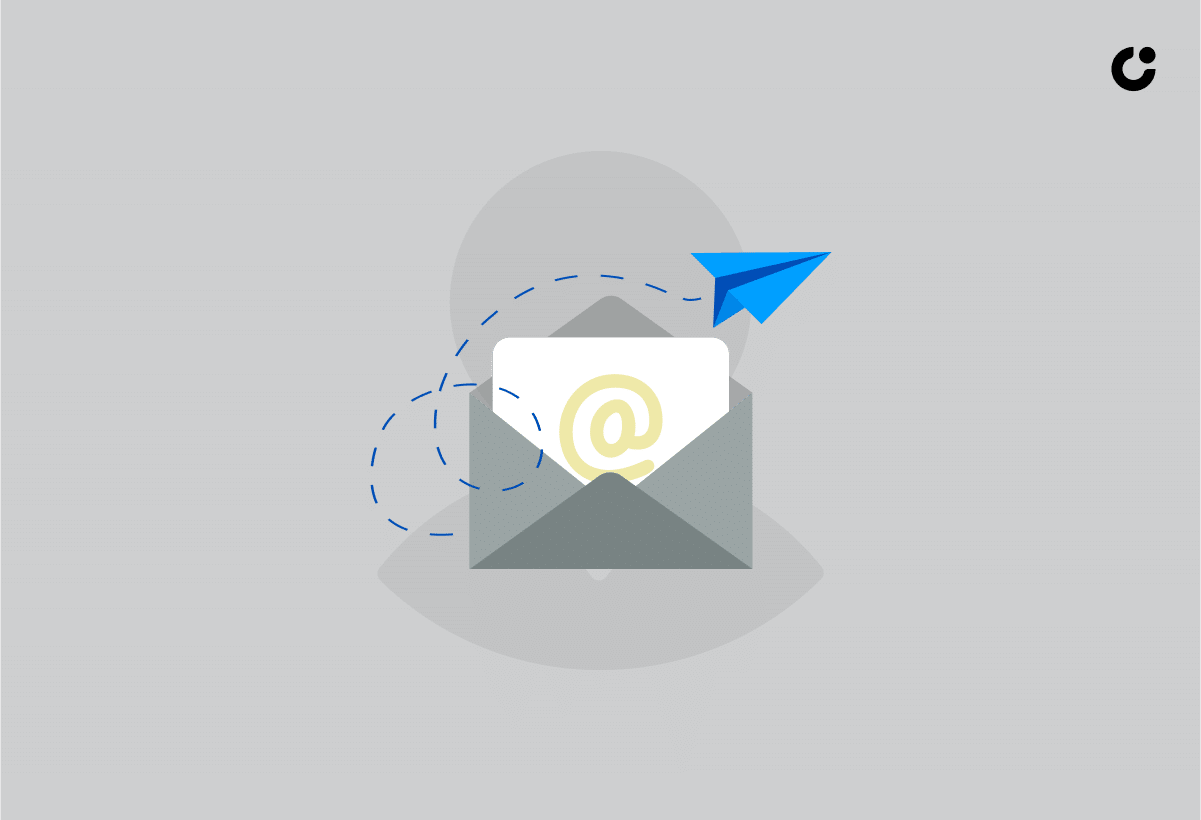
The success of your cold emails largely hinges on the use of personalized emails, showing your prospects that you’ve made an effort to understand them before making contact. Investing time in understanding your audience and adjusting your message accordingly results in more engaging emails that get noticed and read.
We’ll now delve into the process of making your cold emails more personal.
Using Prospect Research

Conducting thorough research on your prospects helps you understand their needs, goals, and preferences. This information is invaluable in crafting personalized cold emails that resonate with your target audience and increase the likelihood of a response. By identifying the prospects’ pain points and goals, you can demonstrate how your product or service can provide a solution.
In addition to pain points and goals, look for signals that indicate your prospect has problems you can solve. Avoid using spam words in your email to ensure it reaches the recipient’s inbox. By taking the time to research and understand your prospects, you can craft cold emails that not only catch their attention but also address their specific needs and challenges.
Tailoring Content to Target Audience
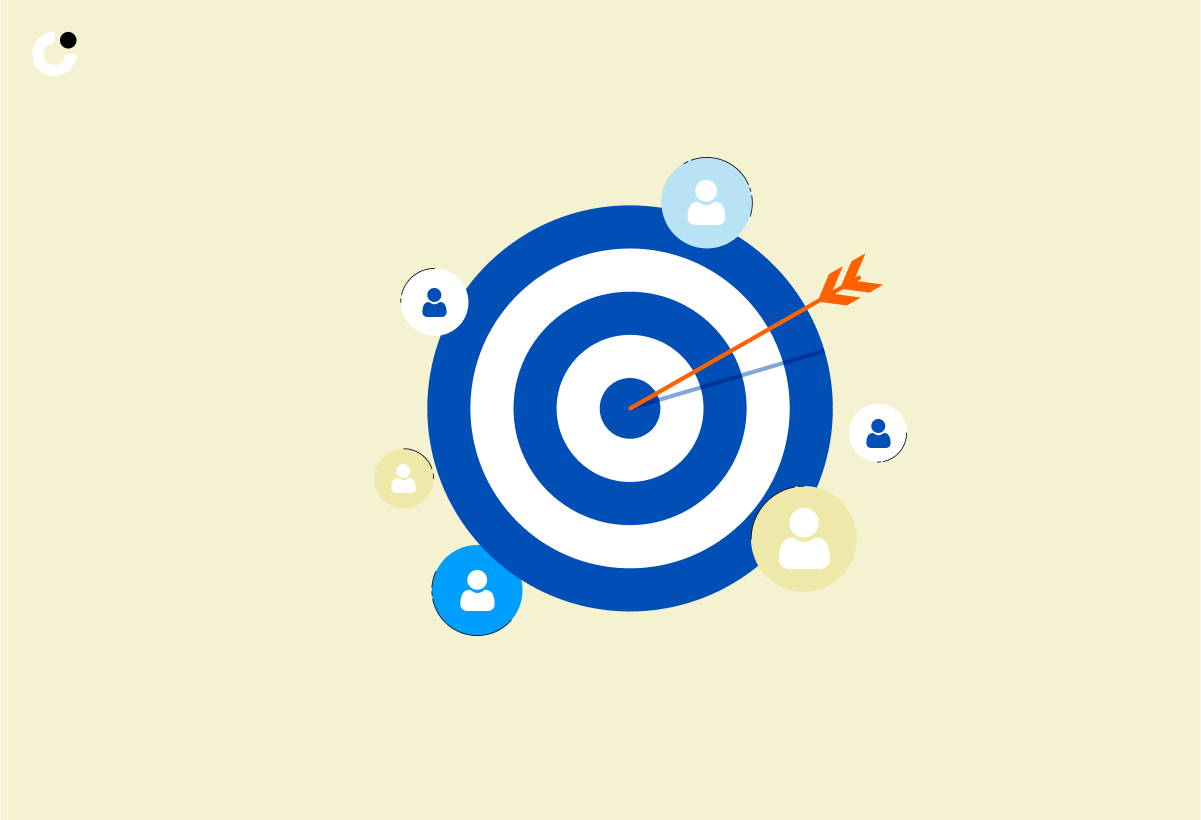
Tailoring your cold email content to your target audience is essential in creating emails that capture their interest. To effectively tailor your content, focus on the specific needs, preferences, and pain points of your audience. By addressing their unique challenges, you can show your genuine interest in helping them improve their business.
Using specific examples in your cold email can make you stand out and demonstrate your professionalism and commitment to doing your research. Showcasing successful examples of cold emails tailored to a specific audience, such as the “PAS” cold email template or highly personalized cold emails, can inspire your audience and provide valuable insights into crafting a compelling message that resonates with your prospects.
Writing Compelling Email Body Copy

The body copy is the heart and soul of your cold email, where you showcase the value you offer and persuade prospects to take action. To create a compelling email body, focus on the benefits of your product or service and incorporate social proof to establish credibility and trust. Additionally, consider sharing a relevant blog post to provide further information and value to your prospects. With effective email copywriting, you can significantly increase the chances of achieving your desired outcome.
We’ll now examine these two elements more closely.
Focusing on Benefits
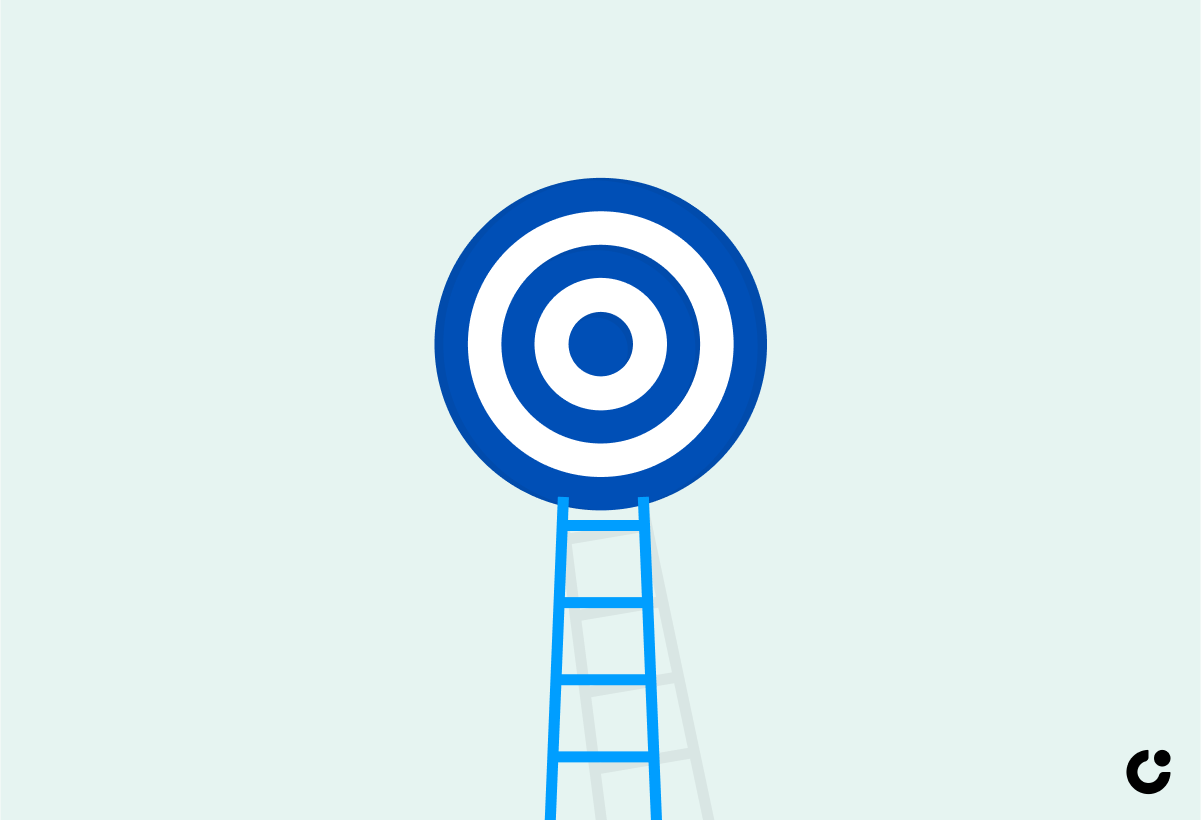
Highlighting the advantages of your product or service in sales emails, instead of merely enumerating features, gives prospects a clearer picture of how they can resolve their issues and reach their goals. By showcasing how your offering can be beneficial for your prospect, your email becomes more compelling and persuasive.
To effectively demonstrate the benefits of your product or service, focus on one feature that will have the biggest impact on the prospect’s business. This approach ensures that your message is clear, concise, and easy for the prospect to understand. By concentrating on the most significant benefit, you can make a stronger impression and increase the likelihood of a positive response.
Incorporating Social Proof
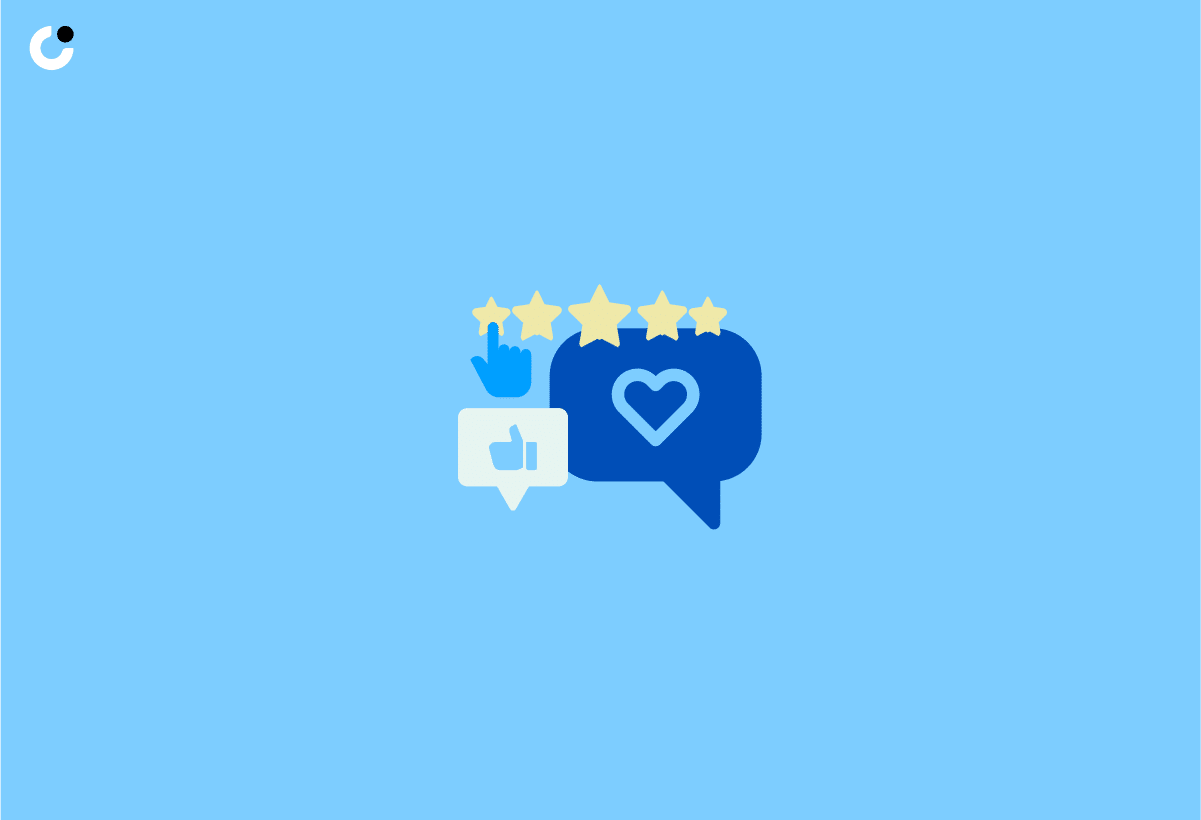
Using social proof, such as testimonials or case studies, can help demonstrate your expertise and past success. By showcasing how you’ve helped companies similar to the prospect, you can build trust and encourage prospects to take the next step in the sales process.
One effective way to highlight past successes in cold emails is to say, “I just helped [X company] accomplish [Y relevant goal]”. Emphasize the relevant goals accomplished, like boosting search traffic or achieving a quantitative result within a certain timeframe.
Including social proof in your cold email body copy strengthens your credibility and motivates prospects to act.
Crafting Actionable Calls-to-Action
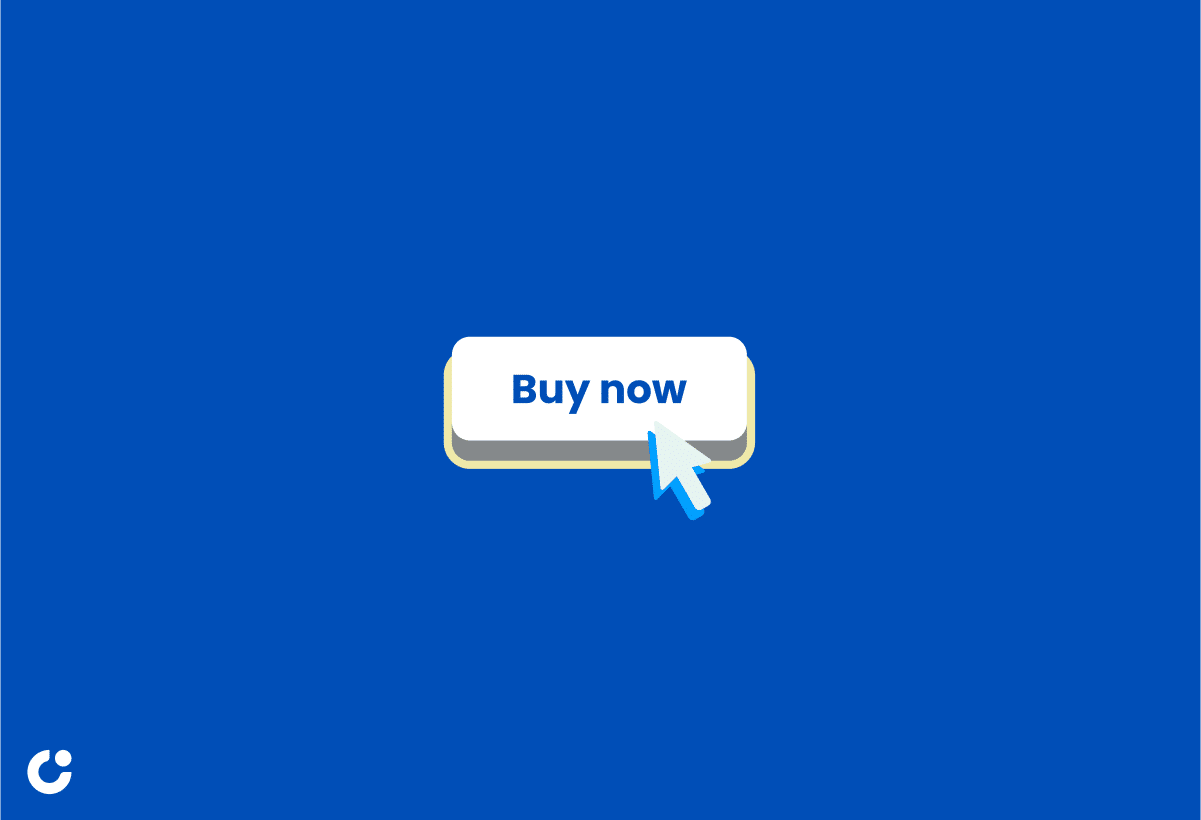
Your cold email should contain a clear and succinct call-to-action (CTA), guiding the prospect towards the subsequent step in the cold sales email journey. To create an effective CTA, focus on providing a simple, low-commitment action that doesn’t overwhelm the prospect. For example, you can ask if they’re interested in what you’re offering or if they’re currently facing any business challenges.
To ensure the success of your CTA, follow these tips:
- Start small and guide the reader down a specific path with a maximum of three sentences.
- Calibrate the CTA to offer something in return, as this can maximize responses.
- Remember, an actionable and compelling CTA is crucial for driving engagement and moving prospects closer to conversion.
Avoiding Common Cold Email Pitfalls
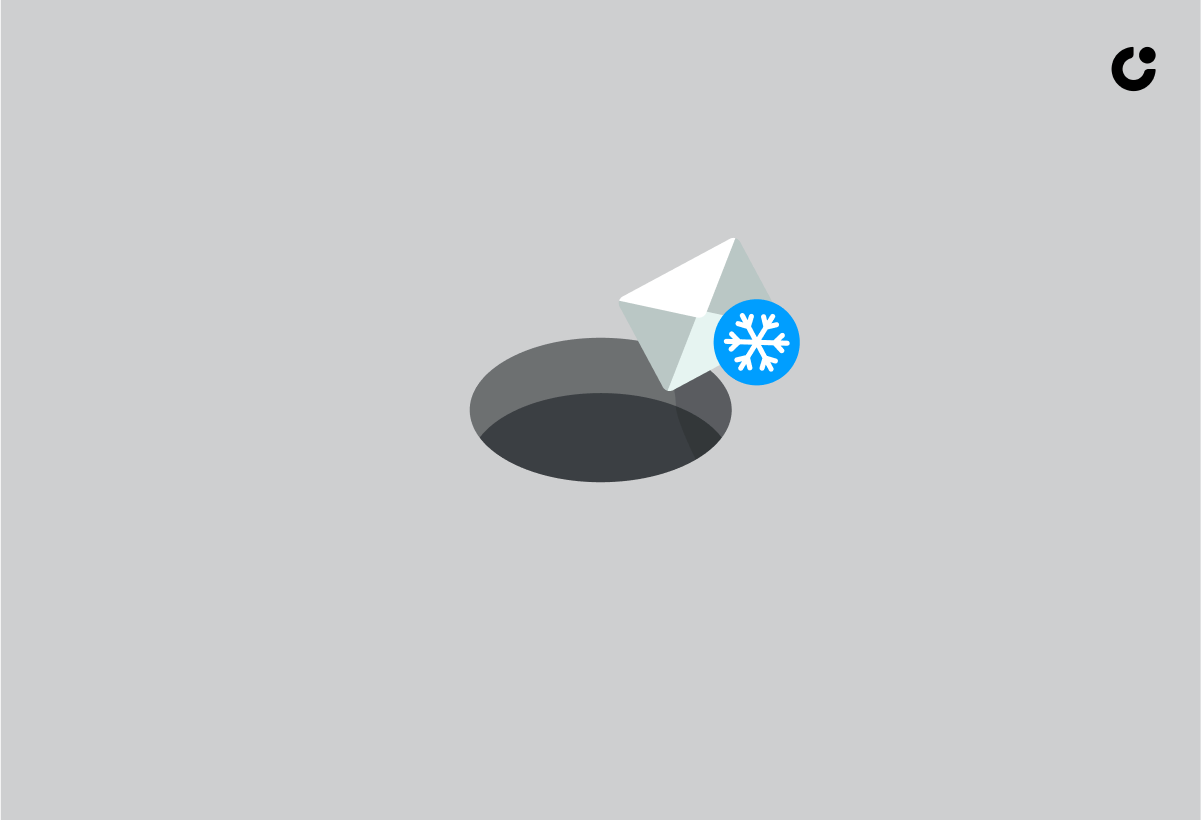
Common cold email pitfalls, such as overloading information and neglecting follow-up emails, can hinder the success of your cold email campaign. By addressing these issues, you can increase your chances of success and create more effective cold emails when you write cold emails.
We’ll now scrutinize these pitfalls further.
Overloading Information

Filling your cold emails with too much information can be overwhelming for your prospects and make it difficult for them to comprehend the primary message or take action. To avoid information overload, ensure that your email only contains the necessary information and that the main message is clear and concise.
The ideal length for a cold email is between 50 and 125 words. By keeping your cold emails concise and focused on the most important information, you can effectively communicate your message and maintain your prospect’s interest. Remember, less is more when it comes to crafting impactful cold emails.
Neglecting Follow-Up Emails
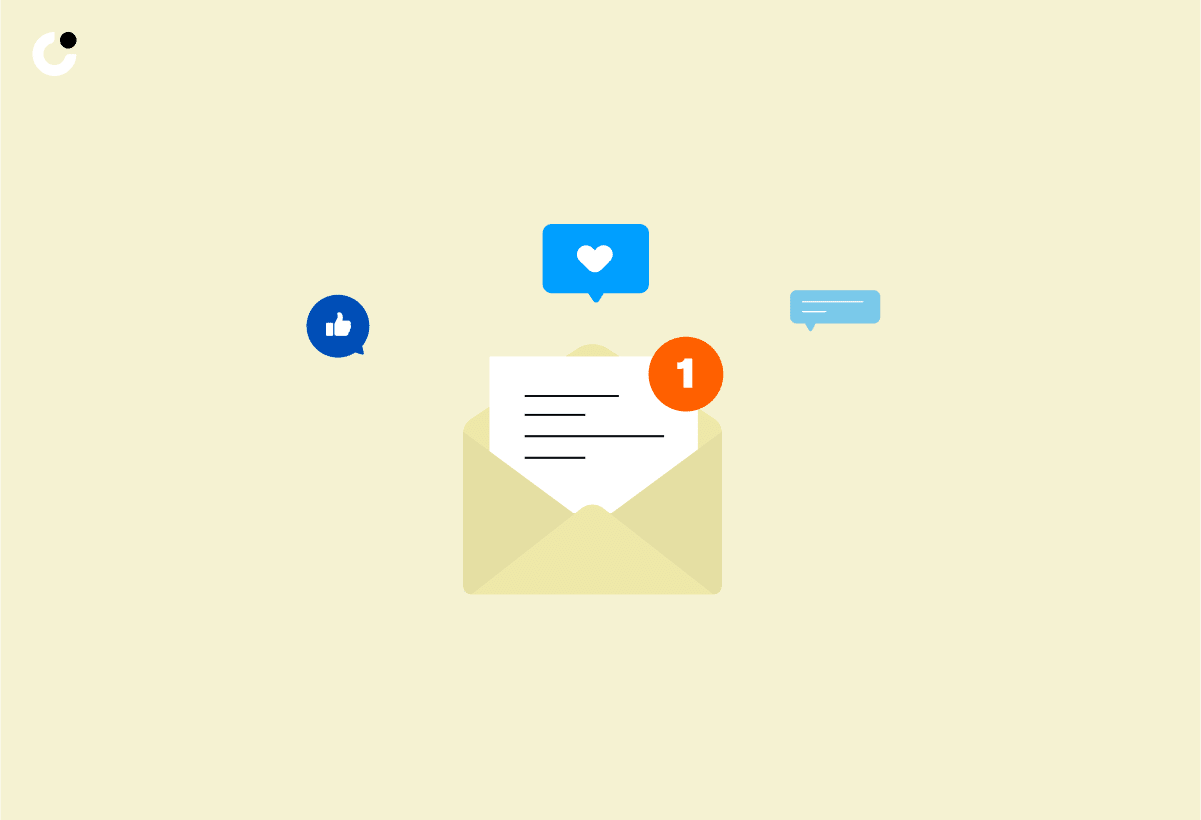
Follow-up emails are essential for maintaining engagement and increasing response rates. In fact, sending a single follow-up email can dramatically increase response rates by 65.8%.
To make the most of your follow-up emails, use a strategic approach and provide continuous value to your prospects. Craft follow-up emails that offer ongoing value and demonstrate your commitment to helping your prospects. By sending thoughtful and valuable follow-up emails, you can keep the conversation going and increase the likelihood of a positive response from your potential clients.
Utilizing Cold Email Tools and Templates
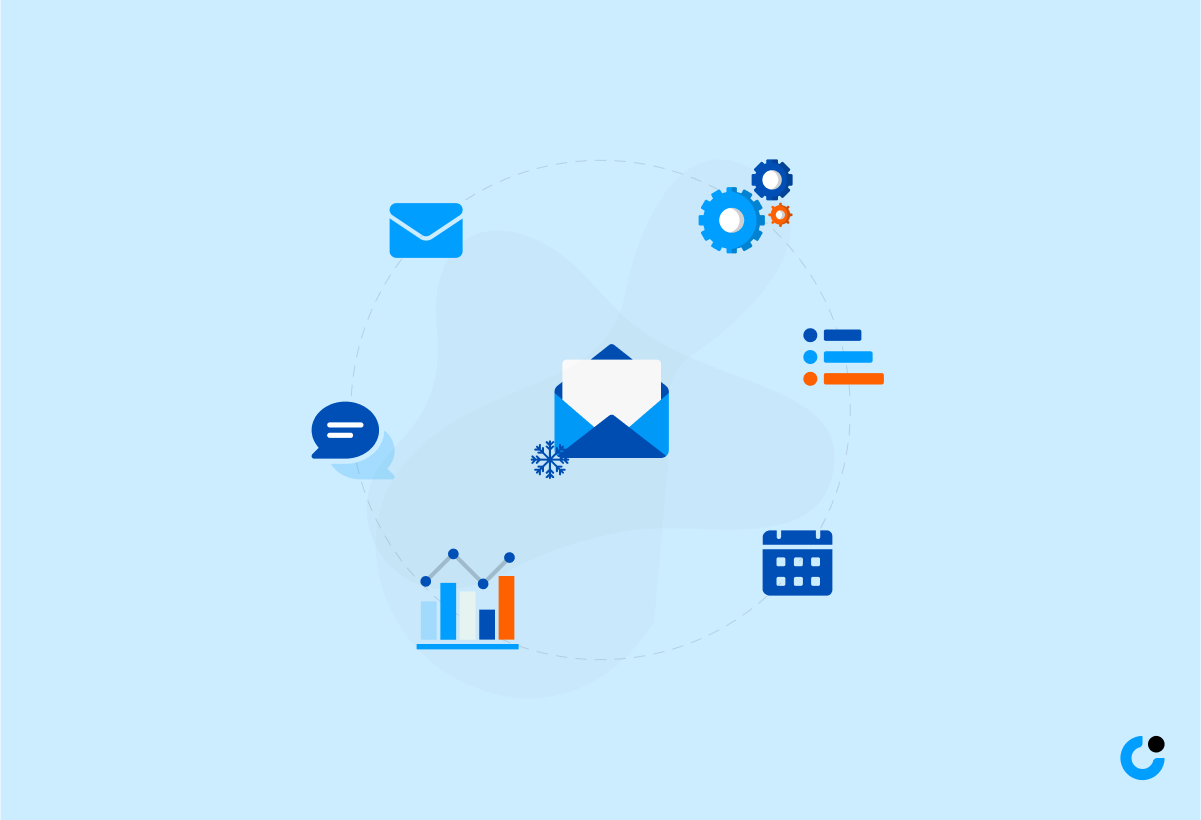
Leveraging cold email tools and templates can help you streamline your email campaigns, improve personalization, and save time. By automating and optimizing your cold email process, you can focus on other areas of your business and ensure that your outreach efforts are as effective as possible.
Tools such as MixMax and Canned Responses in Gmail can make it effortless to store and access email templates. These tools enable you to quickly generate multiple templates and send personalized cold emails with just a few clicks, while also ensuring your messages don’t end up in the recipient’s spam folder.
In addition to saving time, using cold email tools and templates can ensure that your emails are consistent and professional. By leveraging these resources, you can enhance the overall quality of your cold email campaigns and make a lasting impression on your prospects.
Measuring and Optimizing Cold Email Performance
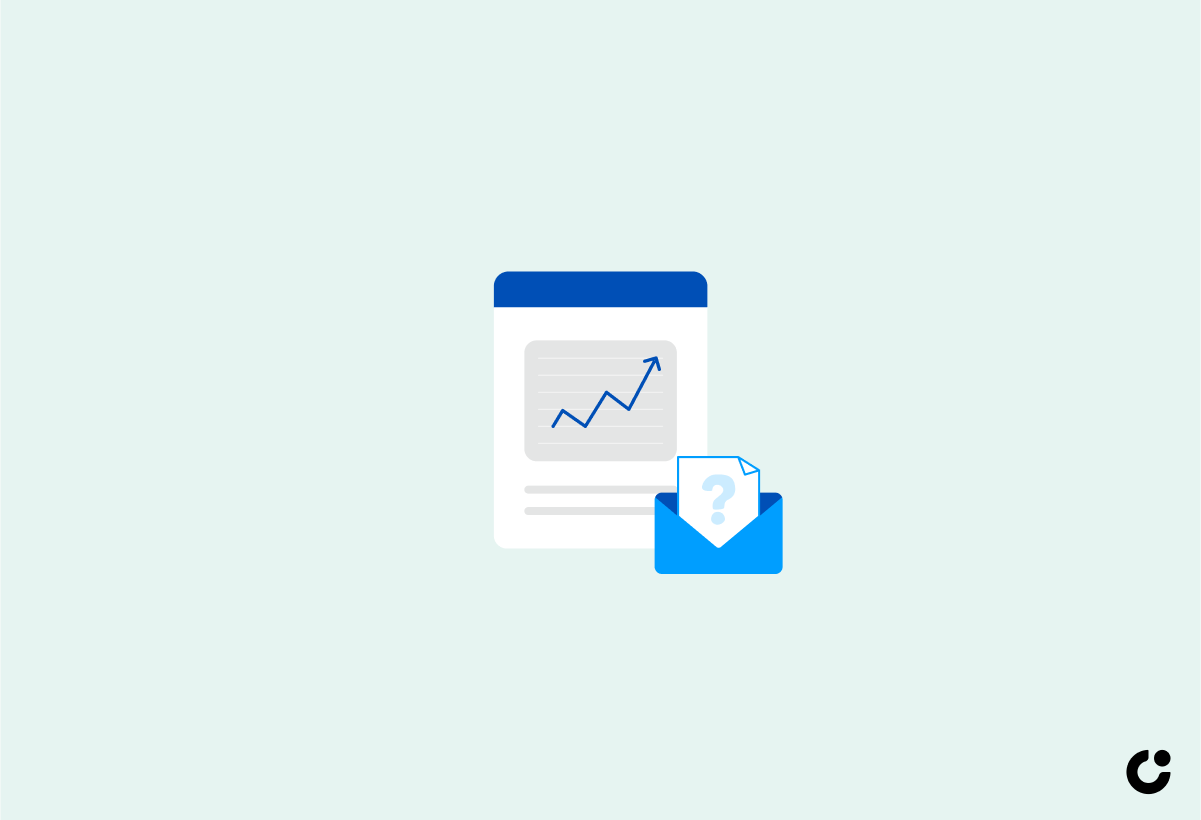
To achieve optimal results, it’s necessary to measure and fine-tune your cold email performance. By studying metrics and honing your copy, you can consistently enhance your campaigns and get the most out of your investment. Utilize tools like QuickMail to help you monitor the performance of your cold emails and make data-driven decisions.
A/B testing is a powerful strategy for identifying the most effective version of your cold email copy. Test different subject lines, body copy, and CTAs to determine which combination yields the highest response rates. By continuously testing and iterating on your cold emails, you can refine your approach and improve your results over time.
Enhancing your cold email performance involves not only testing and revising your copy but also deploying efficient lead generation methods like lead scoring and lead magnets. By focusing on both the content and the strategy behind your cold emails, you can ensure long-term success and drive more leads for your business.
Case Studies: Cold Email Success Stories

Learning from successful cold email case studies can provide valuable insights and inspiration for your own campaigns. By analyzing what worked for others, you can apply proven strategies to achieve similar success. We’ll now examine a few success stories of cold emailing and the lessons they offer.
One success story involves a company that achieved remarkable reply rates by:
- Addressing pain points
- Aligning their message with the prospect’s objectives and challenges
- Demonstrating a clear understanding of the prospect’s needs
- Offering a tailored solution
By doing so, they were able to stand out from the competition and generate a positive response.
Another success story highlights the importance of incorporating social proof and personalization into cold email copy. By showcasing their past successes and tailoring their message to the prospect’s needs, the sender was able to establish credibility and trust, ultimately leading to a successful outcome.
These case studies demonstrate that with the right approach, cold emails can be a powerful tool for driving results and building relationships.
Summary
Cold email copywriting can be a game-changer for your business when done right. By crafting compelling subject lines, personalizing your emails, writing captivating body copy, and utilizing tools and templates, you can create cold email campaigns that drive results. Keep in mind the importance of measuring and optimizing your performance, and learn from successful case studies to continually improve your approach. Now, it’s time to put these proven strategies into action and transform your cold email campaigns!
Frequently Asked Questions
What is a cold email in copywriting?
Cold emailing is a proactive approach to pitching your services, creating your own job opportunities rather than relying on job postings or client inquiries. It involves crafting an engaging message tailored to your target audience to motivate them to take action.
Is cold emailing illegal?
Cold emailing is not illegal, though businesses need to adhere to anti-spam regulations such as CAN-SPAM and GDPR. However, sending unsolicited emails can still be damaging to one's reputation, so it is important to approach this tactic thoughtfully.
How can I do email copywriting?
To do email copywriting, craft an intriguing subject line, an engaging body, and a compelling CTA for your email copy. Additionally, identify the target audience, keep subject lines short, create a curiosity hook, use actionable language, personalize, focus on benefits, choose words carefully, and include a single call-to-action.
Is email copywriting worth it?
Email copywriting is a high ROI marketing activity with ongoing work opportunities, making it worth the investment.
How long should a cold email be?
A cold email should be between 50 and 125 words, so that your message is clear and concise without overwhelming the recipient. Use a motivating tone and include a clear conclusion in the first sentence.

